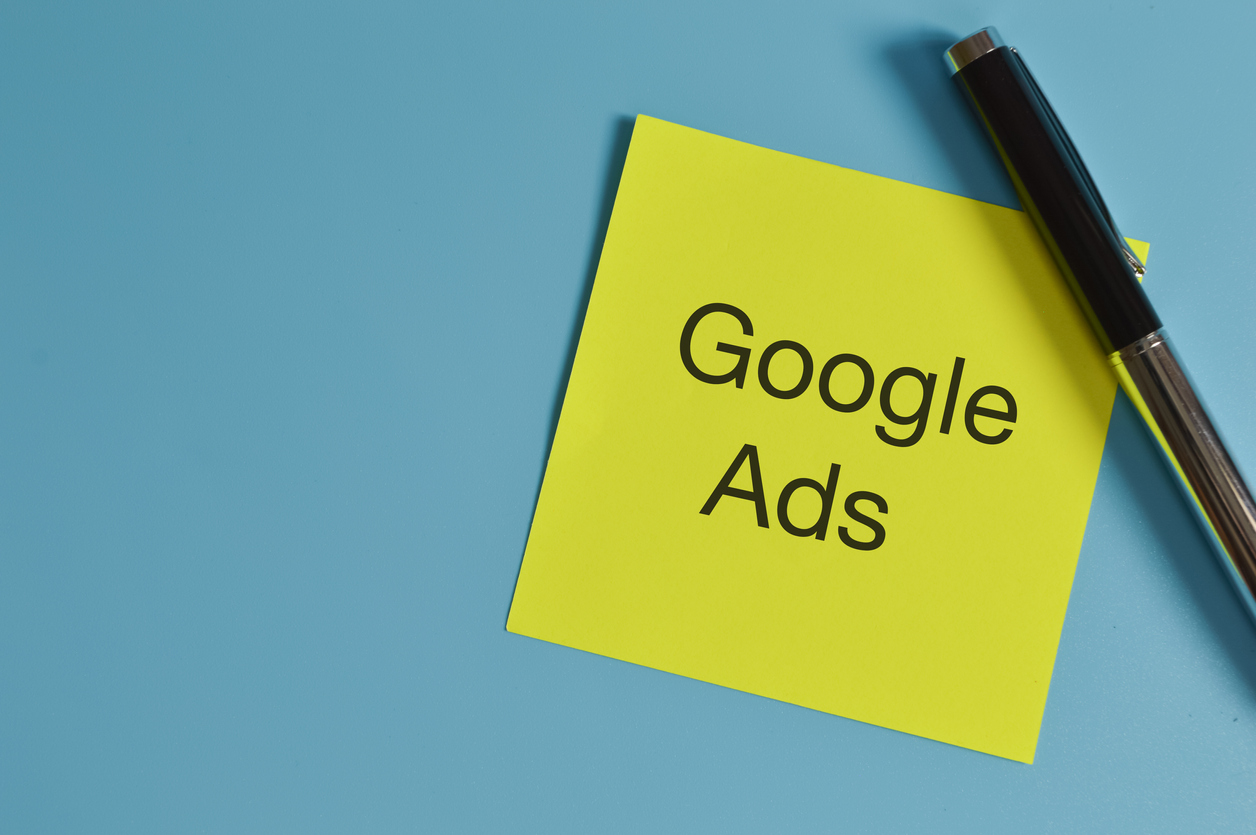
How to scale and maintain efficiency in Google Ads for B2B lead generation
In the ever-evolving digital marketing landscape, scaling Google Ads while maintaining efficiency is a dynamic way to secure high-quality B2B leads. As your marketing campaigns grow and their complexity heightens, striking a balance between scale and control becomes paramount. This post aims to guide you through this exact challenge, presenting strategies to scale your efforts without sacrificing efficiency.
We delve deeper into understanding your target audience with precision, conducting strategic keyword research, monitoring and optimizing campaigns diligently, and leveraging AI and automation for maximum effect. These elements, when employed tactically, can turn your Google Ads campaigns into a robust, scalable mechanism for consistent B2B lead generation.
Join us as we navigate this complex journey, distilling it down to practical insights and actionable strategies, designed to empower you to successfully scale and manage your Google Ads in the fast-paced world of B2B digital marketing.
4 keys to success with Google Ads
The efficiency and success of your Google Ads campaigns hinge largely on four key principles. These cornerstones of a robust Google Ads strategy involve defining your target audience, performing insightful keyword research, diligently monitoring and optimizing your campaigns, and leveraging the power of AI and automation. By mastering these principles, you lay a solid foundation to not only scale your Google Ads campaigns but to do so while maintaining high efficiency.
1) Define Your Target Audience
A key initial step in scaling and maintaining efficiency in Google Ads is to accurately define your target audience. Go beyond basic demographic data and dive into the psychographics of your ideal customers – their needs, challenges, and desires that your product or service can fulfill. Google Analytics is a powerful tool for this task, providing insights about your website visitors’ behavior, interests, and demographics.
Additionally, customer surveys can provide first-hand data about your customers’ expectations and pain points. Using these insights, create detailed buyer personas – semi-fictional representations of your ideal customers. These personas will help you create tailored ad campaigns that resonate with your target audience, attracting quality leads, and improving your ROI.
2) Use Keyword Research to Inform Your Strategy
Keyword research forms the backbone of any successful Google Ads campaign. It’s the process of identifying the terms your target audience uses when they’re looking for products or services similar to yours. Google Keyword Planner is an invaluable tool for this, providing data on keyword search volume and competition.
Start with broad terms related to your business, then refine to more specific, long-tail keywords. These more specific keywords often have lower competition and can deliver highly targeted traffic. Organize these keywords into ad groups based on related themes or topics, ensuring your ads, keywords, and landing pages are tightly aligned, which can boost your quality score and campaign performance.
3) Monitor and Optimize Your Campaigns
To sustain efficiency and scale your Google Ads campaigns, continuous monitoring, and optimization are crucial. This involves assessing your ad performance regularly, pinpointing areas of improvement, and making necessary adjustments.
Key metrics to track include click-through rate (CTR), conversion rate, average cost per click (CPC), and cost per conversion. With Google Ads’ in-built reporting features, you can monitor these metrics and spot trends, ad fatigue, or other issues early on. Based on your observations, tweak your ad content, adjust your bids, refine your keyword lists, or test different landing pages to keep your campaigns performing optimally.
4) Leverage Automation and AI
To efficiently scale your Google Ads campaigns, leverage the power of automation and AI. Google Ads provides several automation tools that can streamline your campaign management and enhance your ROI.
Automated bidding, for instance, allows Google’s algorithms to adjust your bids in real-time based on your campaign goals. Responsive search ads, on the other hand, automatically test different combinations of headlines and descriptions to determine which perform best.
AI-powered tools like Smart Campaigns can automatically manage your campaigns based on your business goals. It uses machine learning to optimize your ads, targeting, and bids, freeing up your time for other strategic tasks.
Implementing these four strategies can elevate your Google Ads performance, enabling you to scale your campaigns while maintaining efficiency. This ultimately leads to consistent, high-quality B2B lead generation.
Embrace the Power of Continuous Testing
In the realm of digital marketing, and especially when working with Google Ads, ongoing experimentation forms a pivotal part of your success. Continual testing, be it combining campaigns or segmenting them, provides Google’s algorithm with valuable data, refining its learning and enhancing your campaign outcomes.
Testing different aspects of your Google Ads campaigns — from ad copy and keyword selection to bidding strategies and landing page designs — enables you to identify what works best for your specific audience and business objectives. This constant cycle of analysis, adjustment, and learning is key to scaling and maintaining efficiency in your Google Ads, ultimately driving robust B2B lead generation.
Common Mistakes to Avoid While Scaling Google Ads for B2B Lead Generation
As you scale your Google Ads for B2B lead generation, it’s crucial to not only leverage best practices but also to steer clear of common mistakes. These can be stumbling blocks that hinder your campaign performance.
1) Neglecting Negative Keywords
One of the most frequent oversights in Google Ads management is neglecting negative keywords. These are search terms that, while they may be related to your keywords, are not relevant to your offerings and won’t convert into quality leads.
Regularly updating your negative keyword list can prevent unnecessary spend on clicks that won’t convert. This helps increase the overall quality of your traffic and can improve your ad’s ranking, making your campaign more cost-effective and targeted.
2) Overlooking Ad Extensions
Ad extensions are a powerful feature in Google Ads that often gets overlooked. They allow you to expand your advertisement with additional information like location, contact details, or additional site links, making your ad more informative and engaging.
This not only boosts your ad’s visibility but can significantly increase your click-through rates. Moreover, ad extensions can provide additional paths for potential customers to reach your site, making your ad more interactive and user-friendly.
3) Insufficient A/B Testing
In the pursuit of effective Google Ads campaigns, data should be your guide, not assumptions. Unfortunately, marketers often underestimate the power of A/B testing. This process involves creating two versions of your ad copy, landing pages, or bidding strategies, then seeing which one performs better.
Failing to conduct regular A/B tests can lead to a lack of understanding of what works best for your target audience, leading to suboptimal campaign performance.
For more information about A/B tests read our blog about the pros and cons of multivariate testing on a website.
4) Leverage Automation and AI
The use of mobile devices continues to rise, making mobile optimization crucial for your Google Ads campaigns. Ignoring this can lead to decreased user engagement and lower conversion rates. Ensure that your ads, landing pages, and any associated content are optimized for mobile users. This includes having a responsive design that adjusts to different screen sizes, ensuring fast loading speeds, and making sure your call-to-action buttons are easily clickable on a touchscreen.
By paying attention to these often overlooked areas, you can significantly improve the efficiency and effectiveness of your Google Ads campaigns, further enhancing your B2B lead generation efforts.
How B2B companies have used Google Ads to generate leads:
Salesforce
Salesforce is a leading provider of cloud-based CRM software. To generate leads for their B2B business, they use Google Ads to target users searching for keywords like “CRM software” and “sales management.” They also use retargeting ads to reach users who have already visited their website.
HubSpot
HubSpot is an all-in-one marketing platform that helps businesses attract, engage, and delight customers. To generate leads for their B2B business, they use Google Ads to target users searching for keywords like “inbound marketing” and “marketing automation.” They also use remarketing ads to reach users who have already engaged with their content.
Book a 30 minute call
Reserve 30 minutes with a strategist and get 30 hours worth of value.
Google Ads Optimization and Beyond
In the dynamic digital marketing landscape, effectively scaling and maintaining efficiency in Google Ads is the key to capturing high-quality B2B leads. By honing in on a precise understanding of your target audience, implementing insightful keyword research, and optimizing your campaigns with regular monitoring, you lay the foundation for sustainable growth. Further bolstering your strategy with the power of AI and automation ensures you stay ahead of the curve, fueling your success in B2B lead generation.
Now, equipped with these tactics and insights, it’s time to chart your course through the challenging yet rewarding terrain of Google Ads for B2B marketing. Itching for more fantastic digital marketing content? Sign up for our next monthly Growth Clinic where experts share their latest secrets for excelling in B2B and B2C marketing.
As we continue to learn, adapt, and strategize in this ever-evolving digital marketing landscape, your active participation helps create a community of shared learning and insights. Remember, success in B2B lead generation through Google Ads lies at the intersection of constant learning, strategic implementation, and community collaboration.
Most newsletters suck...
So while we technically have to call this a daily newsletter so people know what it is, it's anything but.
You won't find any 'industry standards' or 'guru best practices' here - only the real stuff that actually moves the needle.







